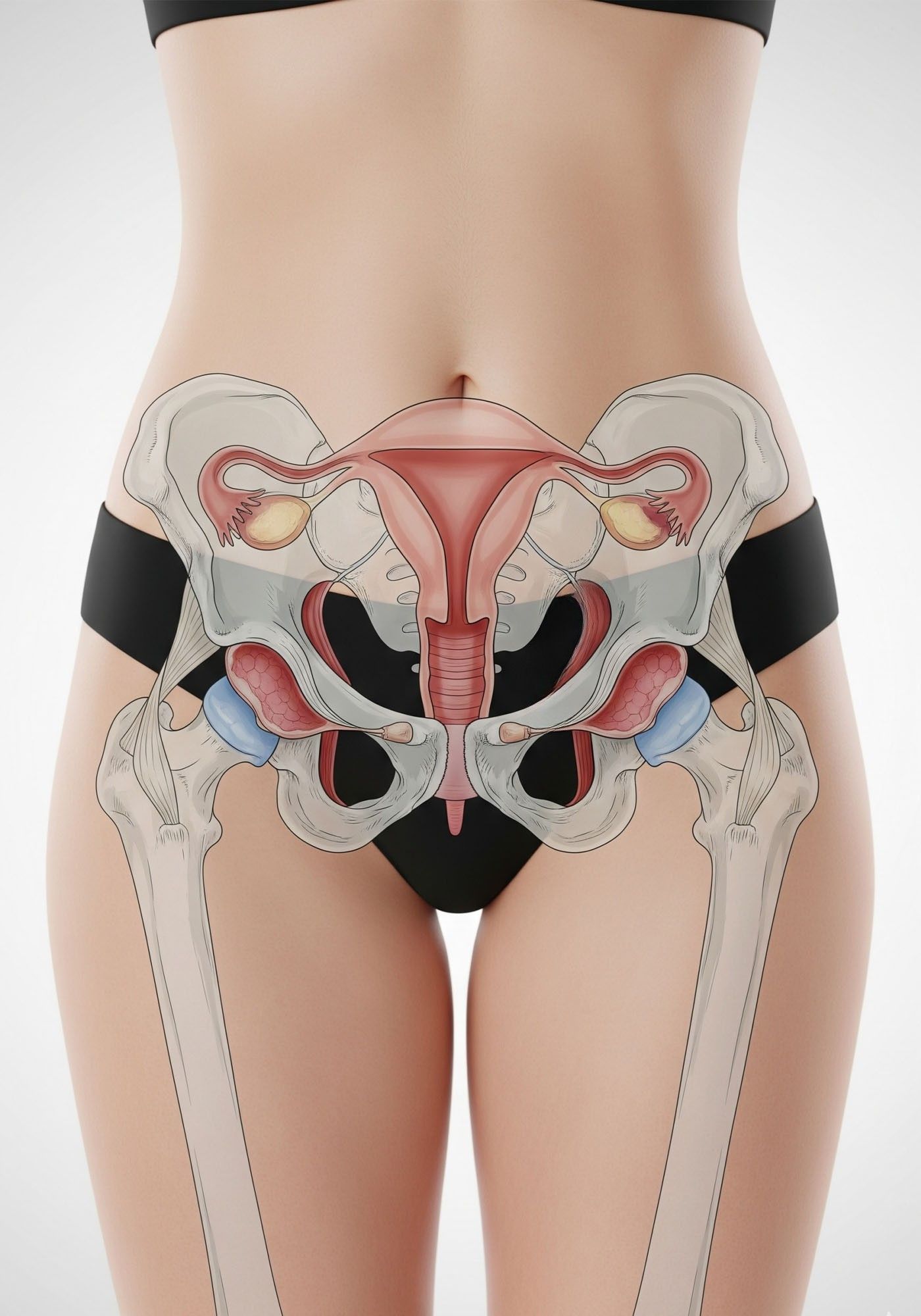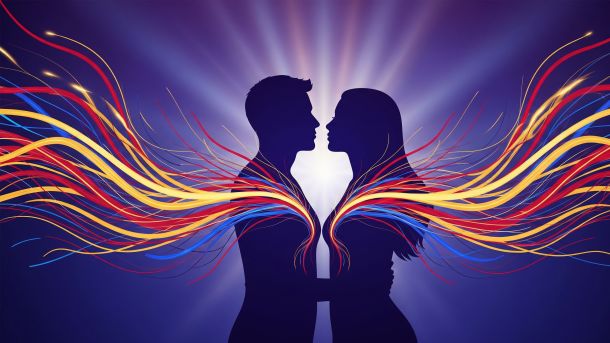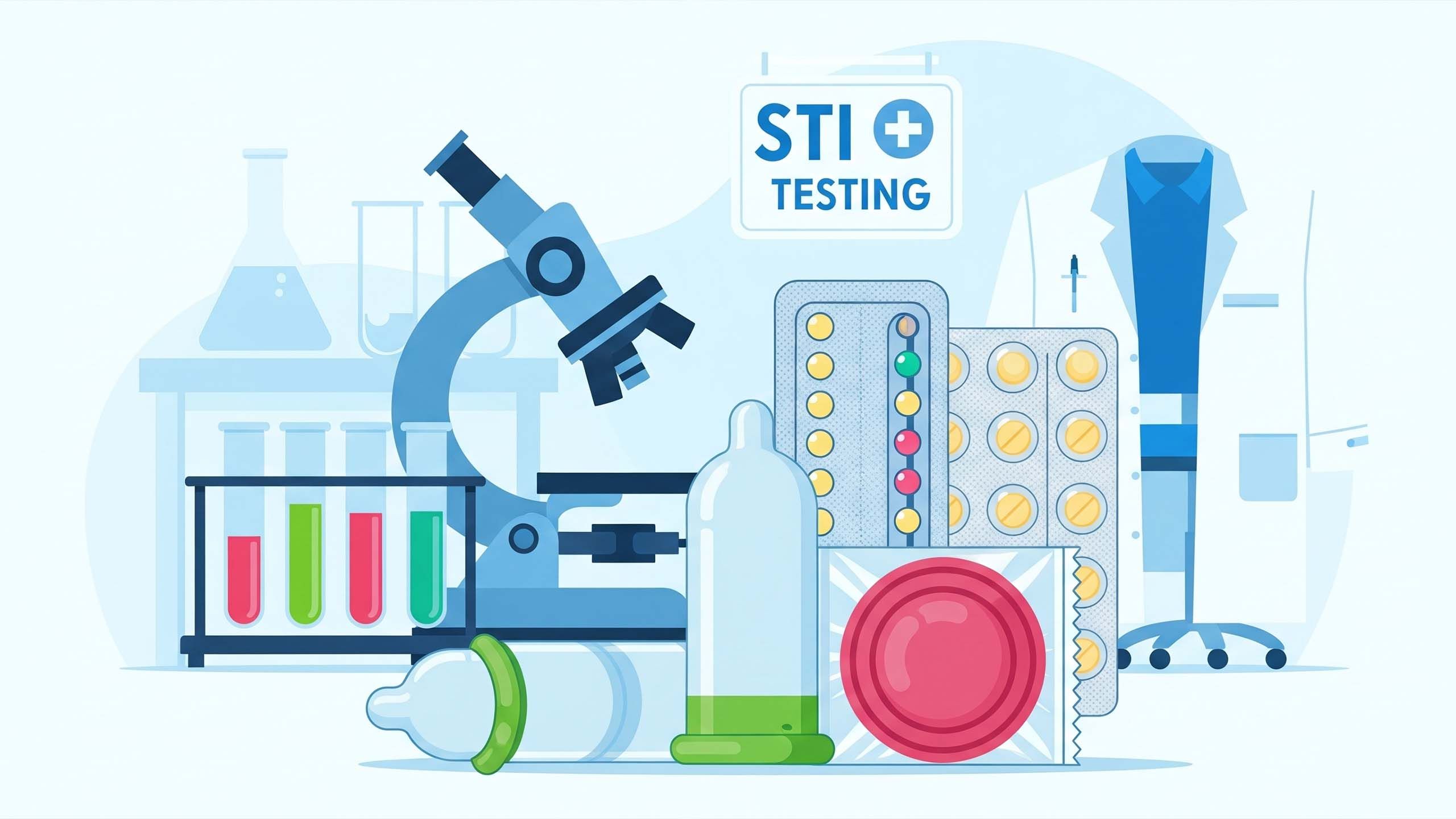Arousal 101: How Your Body Responds to Pleasure

Expert Insights on the Science of Sexual Response
When it comes to sex, one of the most misunderstood subjects is arousal. Many people assume arousal is purely physical—something that switches on the moment sexual contact begins. In reality, the body’s response to pleasure is far more layered, involving the brain, hormones, nervous system, and emotional state. Understanding what’s happening inside your body can make the experience not only more satisfying but also less mysterious.
The Role of the Brain: Where It All Begins
Every sexual response starts in the brain. It’s often called the body’s largest sex organ, and for good reason. Thoughts, fantasies, sensory cues, and even memories can trigger the release of neurotransmitters like dopamine, which fuels desire and motivation.
The brain also plays gatekeeper. Stress, distraction, or anxiety can inhibit arousal, while a sense of safety and comfort tends to heighten it. That’s why context matters—lighting, environment, trust, and emotional connection can all influence how responsive the body becomes.
Hormones in Motion
Hormones act as chemical messengers that influence how receptive the body feels during arousal. Testosterone (present in all genders, though in different levels) fuels desire, while estrogen and progesterone in women and people with uteruses shape how arousal and lubrication fluctuate across the menstrual cycle. Oxytocin, sometimes called the "bonding hormone," surges during touch and orgasm, strengthening feelings of closeness.
These shifting hormone levels explain why arousal can feel different at different times of the month—or even at different times in life.
The Nervous System: A Two-Way Path
The nervous system has two branches that work in tandem during arousal:
-
The sympathetic nervous system, which heightens alertness and excitement.
-
The parasympathetic nervous system, which supports relaxation and physical readiness for sexual activity.
Arousal relies on a balance between the two. Too much stress (overactivation of the sympathetic system) can interfere with sexual response. On the other hand, too much relaxation without stimulation may mean the body doesn’t respond as strongly.
Physical Signs of Arousal

While everyone’s experience is unique, the body often shows clear signs of arousal:
-
Increased blood flow causes swelling of erectile tissue (penis, clitoris, and vaginal walls).
-
Lubrication occurs in the vagina as a natural response to enhance comfort and readiness.
-
Skin sensitivity increases, making touch feel more pleasurable.
-
Heart rate and breathing quicken, similar to light exercise.
These changes prepare the body for sexual activity, though arousal doesn’t always need to lead to sex or orgasm. Sometimes, it’s simply the body’s way of responding to pleasurable stimulation.
Quick reference: common physical signs
| Sign | Typical timing | Notes |
|---|---|---|
| Increased blood flow / swelling | Seconds–minutes | Affects clitoris, penis, labia, vaginal walls. |
| Lubrication | Minutes (varies) | Hormones, hydration and age affect timing. |
| Heightened skin sensitivity | Seconds–minutes | Touch feels more intense; varies by person. |
| Increased heart rate & breathing | Seconds | Comparable to light exercise; tied to nervous system arousal. |
The Emotional Dimension
Arousal isn’t just mechanical—it’s deeply emotional. Feelings of connection, trust, and comfort often play as big a role as physical stimulation. For some, arousal is strongest when there’s emotional intimacy; for others, novelty or fantasy may be a more powerful trigger.
Why Understanding Matters
Sexual response is highly individual, and there’s no universal timeline or formula. Some people become aroused quickly, while others take more time. Recognizing that arousal is influenced by both body and mind can help reduce unnecessary pressure or self-judgment.
When partners understand these dynamics, communication improves. Talking openly about what feels good, what’s distracting, or what creates comfort can make intimacy more rewarding.
Final Thoughts
Arousal is a complex, whole-body experience that reflects biology, psychology, and personal context. By understanding the roles of the brain, hormones, nervous system, and emotions, you gain insight into why your body responds the way it does—and why those responses may shift over time.
Pleasure, after all, isn’t just about the end goal. It’s about noticing how your body comes alive in the process.
Frequently asked questions
Is arousal always the same for everyone?
Can stress completely block arousal?
Do hormones matter across the lifespan?
When should I see a clinician about low arousal?
Disclaimer: The articles and information provided by the Vagina Institute are for informational and educational purposes only. This content is not intended to be a substitute for professional medical advice, diagnosis, or treatment. Always seek the advice of your physician or another qualified health provider with any questions you may have regarding a medical condition.


 English
English  Deutsch
Deutsch  Español
Español  Français
Français 





